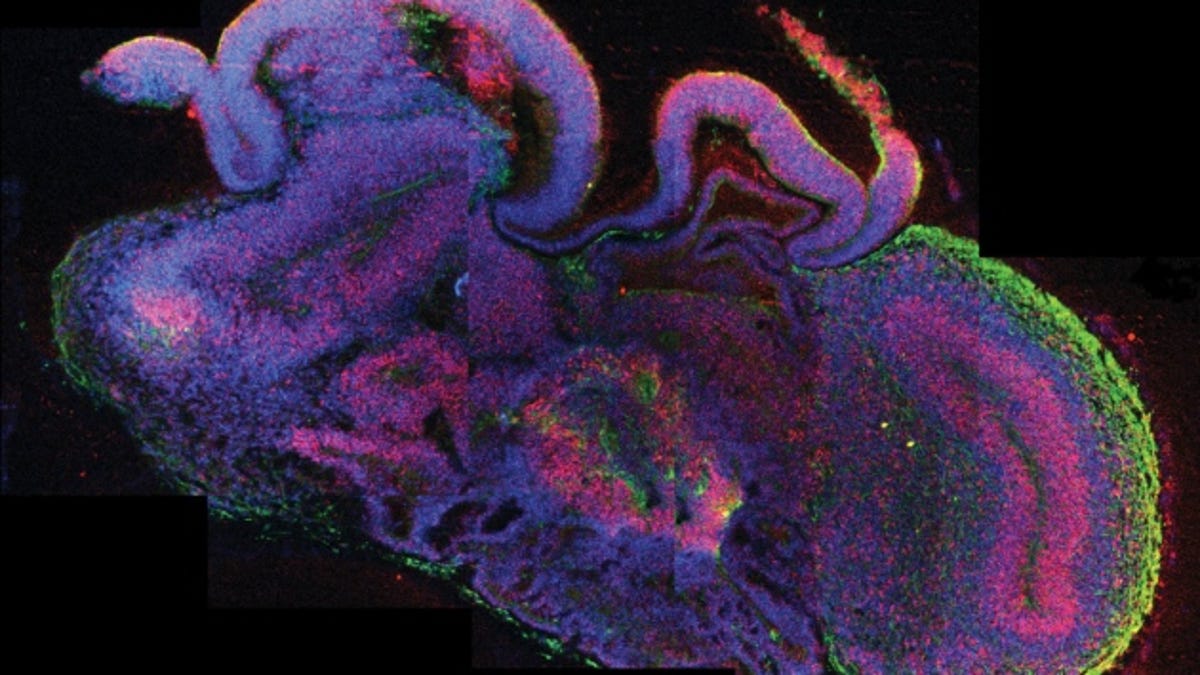Scientists raise mini human brain in a petri dish
With the goal of being able to better study neurological diseases, researchers create a lab-grown brain with stem cells.

Petri dishes have hosted all sorts of experiments, such as cultivating mold or breeding amoeba. But now, truly futuristic events are happening in these circular glass plates -- most notably, growing brains.
That's right, scientists are now raising brains in petri dishes.
According to a study in the science journal Nature, biologists at the Institute of Molecular Biotechnology in Vienna have grown a human brain using stem cells. This brain isn't full-grown; instead, it is small 3D sections of tissue that apparently resemble the brain of a 9-week-old fetus. It is about 3 to 4 millimeters in size.
Despite not being fully developed, this brain model still has distinct regions of the brain, like the dorsal cortex, ventral forebrain, and an immature retina.
"The parts are correctly organized, but not put together," said study coordinator Juergen Knoblich, according to Popular Science. Knoblich describes it as "a car where you have an engine, you have the wheels -- but the engine is on the roof... that car would never drive, but you could still take that car and analyze how an engine works."
The goal of these scientists is to be able to use lab-grown brains to study illnesses, like schizophrenia and autism. Apparently, animal brains are too dissimilar from human brains for conclusive studies on many types of neurological diseases.
Scientists have created other body parts, like livers and heart tissue, but these organs are nowhere near as intricate as a brain. According to Popular Science, the 3D brain model created by the Viennese researchers is the most complex in vitro creation of tissue to date.

